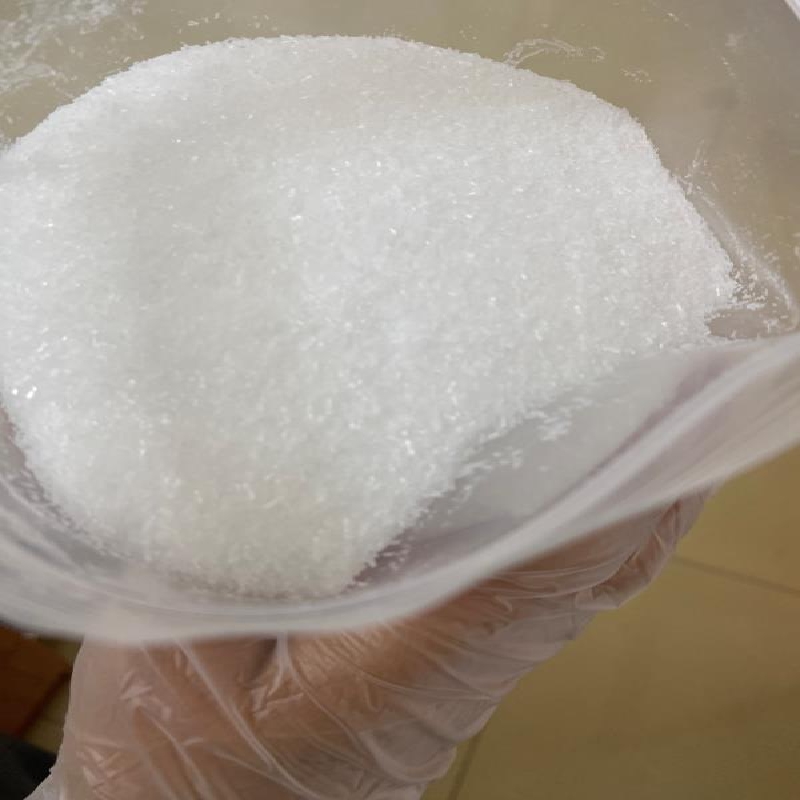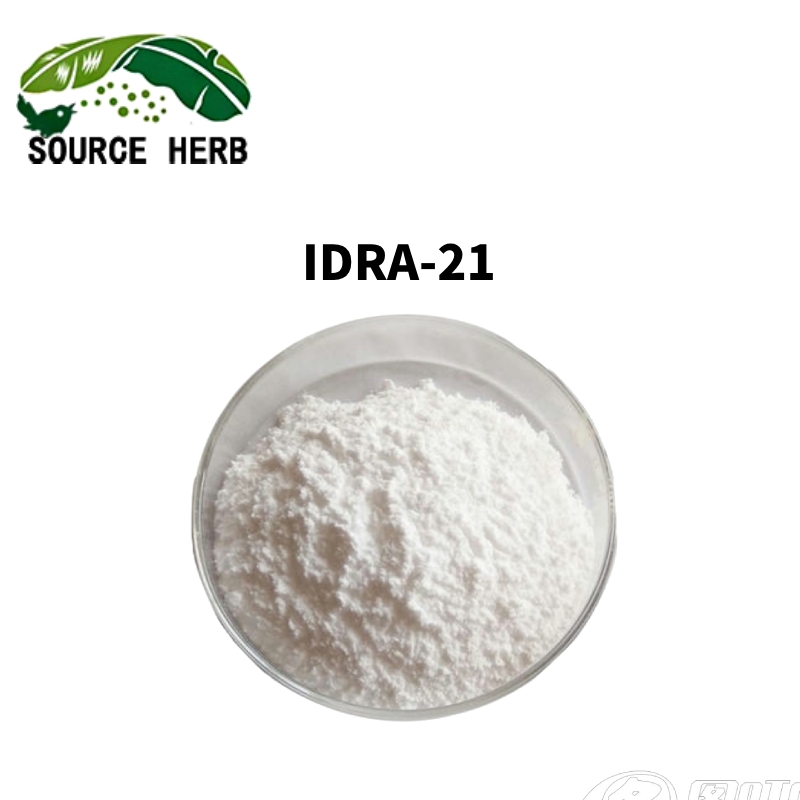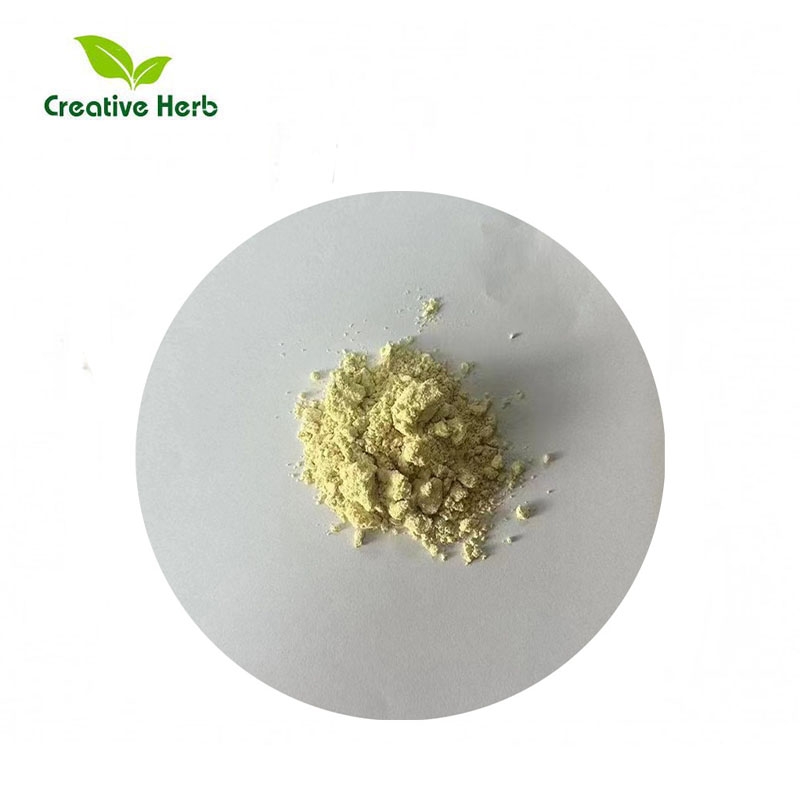-
Categories
-
Pharmaceutical Intermediates
-
Active Pharmaceutical Ingredients
-
Food Additives
- Industrial Coatings
- Agrochemicals
- Dyes and Pigments
- Surfactant
- Flavors and Fragrances
- Chemical Reagents
- Catalyst and Auxiliary
- Natural Products
- Inorganic Chemistry
-
Organic Chemistry
-
Biochemical Engineering
- Analytical Chemistry
-
Cosmetic Ingredient
- Water Treatment Chemical
-
Pharmaceutical Intermediates
Promotion
ECHEMI Mall
Wholesale
Weekly Price
Exhibition
News
-
Trade Service
Pituitary adenomas are one of the most common intracranial tumors, with about 40% of pituitary adenomas being prolactinomas.
dopamine astrologists (DAs), such as brominated pavilions (BRC) and carameline (CAB), are a first-line treatment for oxytocinoma because they effectively reduce the secretion of serum oxytocin (PRL) and have been shown to significantly reduce tumor size in about 90% of patients.
DAs mainly activates dopamine type 2 lithums (DRD2) on the surface of pituitary tumor cells.
dopamine lipolys (DRs) belong to the G protein-coupled (GPCR) supers family and are divided into D1 (D1 and D5) or D2 (D2, D3 and D4) and activated (via Gs protein) or inhibited (via Gi/o-protein) adenosine cyclase (AC) respectively.
DAs determine the therapeutic effect of DRD2 receptors, it is not clear the molecular mechanism of dopamine 2 receptor (DRD2) expression.
study, the team of authors first demonstrated that DRD2 underwent protease-mediated degradation.
Through the further use of yeast dual hybridization system, the kelch repeat and BTB (POZ) domain (containing 7 base pairs) were identified, and 7 base pairs were substrate bridgings of the CUL3-RING ubiquitin (Ub) connective enzyme complex, which is a DRD2 interaction protein.
KBBD6/7 interacts directly with DRD2 and ubigenizes DRD2 at five ubiganized bits (K221, K226, K241, K251, and K258).
high affinity DRD2 astration CAB induces DRD2 internalization, and under the control of KBTBD6/7, the activity of the Ubibinized degradation cell slurry DRD2 weakens the inhibition of CAB-mediated AKT/mTOR pathway.
the KBTBD7 gene was prepared using CRISPR-Cas9 technology to knock out mice, and the static levels of the pituitary, healing and heart DRD2 proteins were higher than in wild mice.
in human pituitary tumors, the expression of KBTBD6/7 has been negatively associated with the expression of DRD2.
addition, KBTBD7 is highly expressed in dopamine-resistant oxytocinoma, but low in dopamine-sensitive oxytocinoma.
to remove KBBD6/7-sensitive MMQ cells and primary pituitary tumor cells for CAB therapy.
, KBTBD7 over-expression increased CAB resistance to estrogen-induced in-place rat oxytocinoma models.
, our findings reveal a new mechanism for the degradation of the dopamine-like 2 protein and show the sensitivity of the KBTBD6/7-dopamine-regulated dopamine-regulated dopamine subject to dopamine therapy.
, KBTBD6/7 is expected to be a therapeutic target for pituitary tumors.
: HEK293T cells are supplied by Hu Ronggui Laboratory.
MMQ rat pituitary cell line was purchased from the U.S.-type culture specimen set and has been shown to be free of myogen contamination (tested using mycogen chromosomal test kit, Beyotime, cat no. C0296, China).
HEK293T cell culture in Durbeco's improved Eagle medium (DMEM, Gibco, 1165-118) and add 10% (v/v) tires Bovine serum (FBS, Moregate, FBS500), 100 U/ml penicillin, and 100 streptomycin (Gibco, 15140122).
MMQ cells are cultured in Ham's F-12K (Kaighn's) culture (Gibco, 21172022) containing 2.5% fetal bovine serum, 15% horse serum (Bioind, 04-004-1A) and 1% penicillin/streptococcus.
For primary pituitary tumor cell culture, the PA tissue isolated from surgery is dispersed by enzymes and machinery, the resulting tumor cells are carefully washed through repeated centrifugation, and cultured in DMEM with 10% FBS and 1% penicillin/streptomycin added.
all cell line systems in the humidification air at 37 degrees C of 5% carbon dioxide.
, the results of this study provide reasonable and powerful support for the possibility that KBTBD6/7-mediated DRD2 ubigan may be involved in important functions of the brain.
addition, KBTBD7 promotes the activation of p38 and NF-B signals by interacting with MKK3/6, thereby reducing survival and heart function and increasing infarction area and scarring after myocardial infarction.
, we also observed an increase in the expression of DRD2 in a variety of organs, including the heart, in the KBTBD7KO mouse model.
, our results provide the basis for future studies of the functions of KBTBD6/7-DRD2 interactions.
Liu, Y.T., Liu, F., Cao, L. et al. The KBTBD6/7-DRD2 axis regulates pituitary adenoma resy to dopamine agonist treatment. Acta Neuropathol 140, 377-396 (2020). Source: MedSci Originals !-- Content Presentation Ends -- !-- To Determine If Login Ends.







